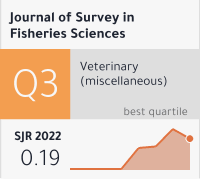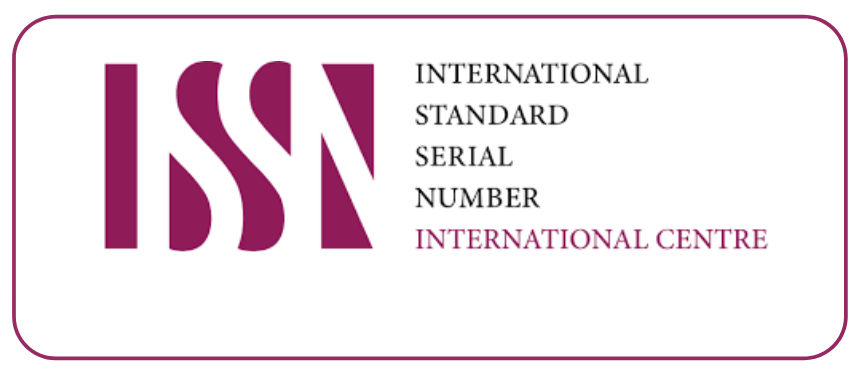Detection of seed-borne pathogens in wheat (Triticum durum)
Keywords:
Seed borne wheat pathogen, molecular identification , pathogenicity test of seedborne fungi.Abstract
The research was conducted to investigate the seed borne fungi related to various cultivars of durum wheat (Triticum durum.) grown in Kurdistan region, Iraq. using international rules of seed testing method and used two primer ( ITS, LSU) for molecular identification for testing 22 seed samples a total of 15 genera were reported. Their isolation frequency's most prevalent genera were Aurobasidium pullulans , Stemphylium vesicarium, Cladosporium herbarum , Ulocladium sp, Curvularia sp, Fusarium solani , Alternaria alternata, Arthrinium arundinis, Phoma medicaginis Rhizoctonia solani , Nigrospora spaerica, Aspergillus nidulans , Aspergillus fumigatus , Penicillium pinophilum, mucor hiemalis. highest isolation frequency was displayed Aurobasidium pullulans29.19% and Aspergillus fumigatusshowed low isolation 0.83% .
the disease severity between treatments and using real-time PCR for detection of fungi in wheat tissue treatment with infected fungi they have significant ct valve between the treatments , height ct value of control 38.32 ct value and lowest ct value of Curvularia sp.









